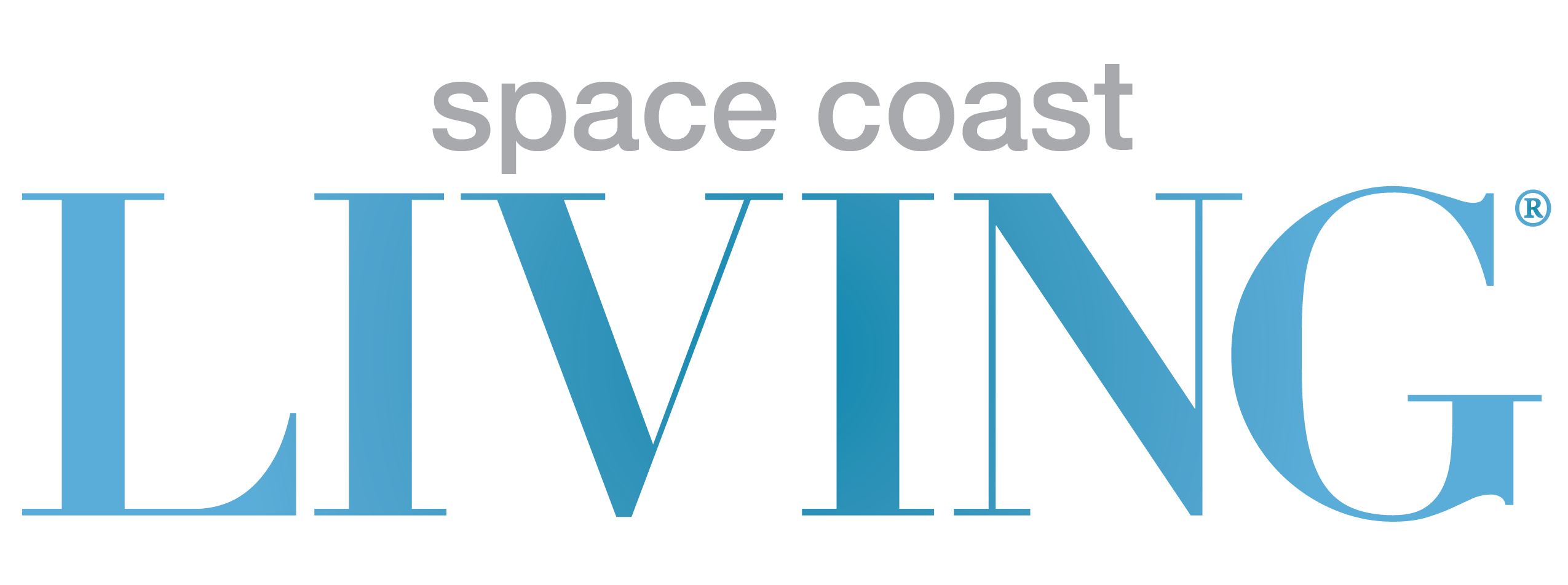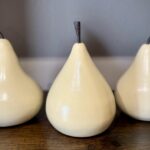Words and photos by Steven Hicks
 Michelle Tafoya is the information specialist at Rockledge Gardens and started working there about a year ago. Her passions lie in edible landscaping, permaculture, Florida’s native plants, and naturalization. She’ll help people with landscape planning, pathology issues with their plants, and designing gardens. She’s very excited to tell you that Rockledge Gardens is “going native.” While they have a good selection of native plants now, they are looking to expand their inventory. “Going native” is very important, and at least naturalizing your landscape is incredibly important these days. Climactic changes are forcing people to consider new choices in their landscapes. Tafoya and Rockledge Gardens are good sources for learning how to do just that.
Michelle Tafoya is the information specialist at Rockledge Gardens and started working there about a year ago. Her passions lie in edible landscaping, permaculture, Florida’s native plants, and naturalization. She’ll help people with landscape planning, pathology issues with their plants, and designing gardens. She’s very excited to tell you that Rockledge Gardens is “going native.” While they have a good selection of native plants now, they are looking to expand their inventory. “Going native” is very important, and at least naturalizing your landscape is incredibly important these days. Climactic changes are forcing people to consider new choices in their landscapes. Tafoya and Rockledge Gardens are good sources for learning how to do just that.
Tafoya tells us that she meets many people new to the Space Coast looking to start or refresh the landscape at their home. “They’re noticing that everything they plant dies rather quickly, requires too much water, or dies from too much salt in their water. Naturalization to acclimated plants or Florida’s native plants is crucial as salt water intrusion in our wells becomes more prevalent with drought,” Tafoya says. As drought increases, salt water enters into our local aquifer and pushes a lot of tropical plants out of the picture. “Pests are incredibly bad because we no longer have very cold winters, so plant something that can withstand drought and cold and pests.”
When you’re planning your landscape, establish the more permanent plants to be native. If you’re going to plant the more typical tropical, non-native species such as Crotons and Ixoras, it makes it easier for those plants to thrive if they’ve got native plants around them, supporting the ecology of the planting area. Those “natives” support insect ecology and fungal or bacteria ecology. Tafoya adds, “Soil health is very important. It gives the bugs that are attacking your tropicals somewhere else to live. It gives them something else to feast on and live in, so they won’t hit your tropicals so hard.”
 The Dirt is Just Different Here
The Dirt is Just Different Here
Florida soil lacks naturalized topsoil. Tafoya tells us, “We mostly have sand, silt, and calcareous shell remnants in the soil here. Most non-native plants have no idea how to interact with this type of soil, so the roots of your non-native plants tend to have a very hard time getting established.” Tafoya encourages you to put “lots of organic materials into your soil to create the topsoil.” Gardeners who have moved down here from up North are used to having a rich topsoil layer, but Florida, especially in the coastal areas, just doesn’t have it, so you have to kind of mimic that. However, with Florida native plants they’re already used to that. The Florida Native Plant Society (www.fnps.org) is very good with being able to help you understand which plants are naturalized and native to your specific area. “There are coastal natives, upland scrub hammock natives, lowland scrub natives, and lowland scrub hammocks. We can also help you to pick plants that are more specific to your area.”
Tafoya loves the natives Rockledge Gardens offers. “We’ve got Gaillardia, Coreopsis and Blue-Eyed Grass. That’s a cute little Florida native that you’ll find around here. Where I live in Palm Bay, it’s all over my lawn. It’s so nice to look down and see these little tiny blue flowers coming up. It’s not actually a grass. It’s related more to lilies.” Rockledge Gardens also offers Rudbeckia, Silver Buttonwood and even Sea Grapes. “I know Sea Grape is a little crazy and aggressive, but it can be shaped to a nice standard.”
You’ll Want the Right Milkweed
“If you want to go for Milkweed, you want Swamp Milkweed, which is asclepias incarnata. That plant is more specific to our area. The problem with the also-common Tropical Milkweed is that it helps to perpetuate a fungus that can kill Monarch Butterflies. So while folks are trying to help out their Monarch population, they’re actually perpetuating the demise of local Monarchs with this fungal problem,” Tafoya says.
 For butterfly gardening, Florida native plants are a must-have. They support native pollinators. Local butterflies are actually used to seeing particular flowers. “They’re looking for Coreopsis and Gaillardia, which reseed themselves and will provide ongoing food sources as a nectar plant with your butterflies, and Fire Bush or Passion Vine. These two attract the zebra long wing butterfly. If you want to attract butterflies, you have to have the plants they seek,” Tafoya adds.
For butterfly gardening, Florida native plants are a must-have. They support native pollinators. Local butterflies are actually used to seeing particular flowers. “They’re looking for Coreopsis and Gaillardia, which reseed themselves and will provide ongoing food sources as a nectar plant with your butterflies, and Fire Bush or Passion Vine. These two attract the zebra long wing butterfly. If you want to attract butterflies, you have to have the plants they seek,” Tafoya adds.
But it’s not just butterflies you want to support. You want to support all other types of pollinators. There are actually many species of honey bees, ground bees and orchard bees that are still prevalent in Florida. They’re looking for native wildflowers. They’re not really looking for tropicals like hibiscus. They don’t really care for that. They like small, red colored flowers with numerous flowers on a plant.
As you can see, this is more than just buying a couple of plants marked, “Florida Grown.” There is a science to this and Tafoya is ready and waiting to talk native plants with you at Rockledge Gardens. They also feature regular classes and seminars on the subject. Visit RockledgeGardens.com for a current schedule.
Rockledge Gardens
2153 US-1, Rockledge, FL 32955
Phone: (321) 636-7662 | RockledgeGardens.com




